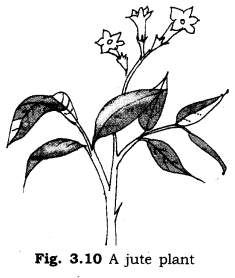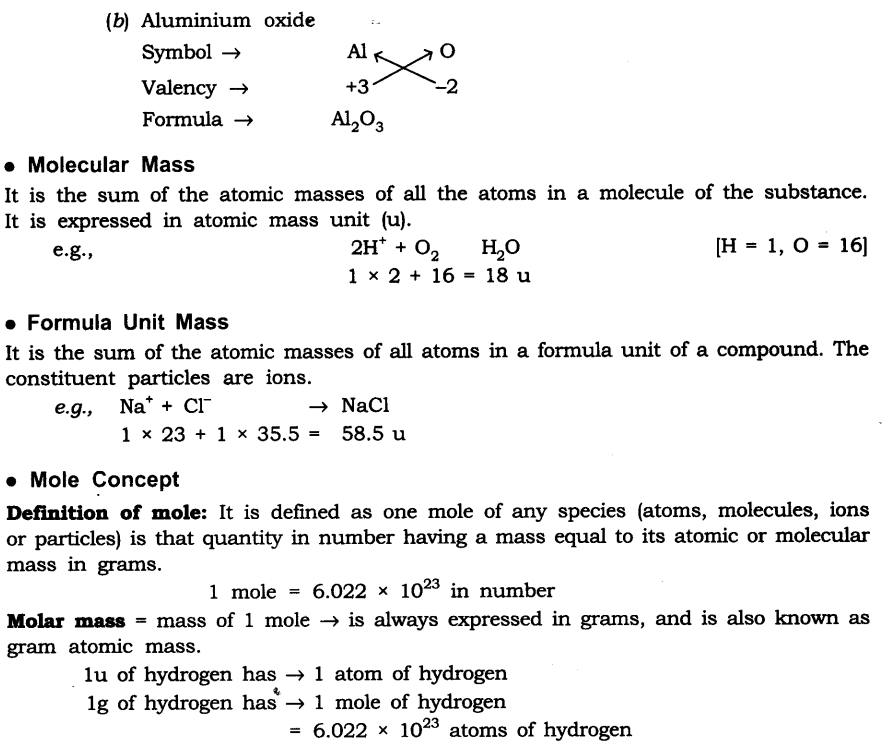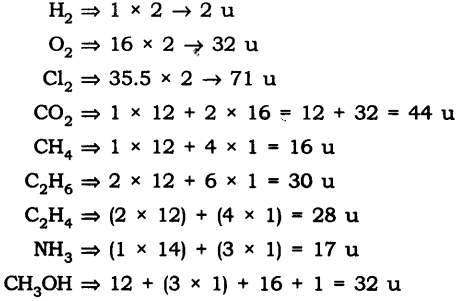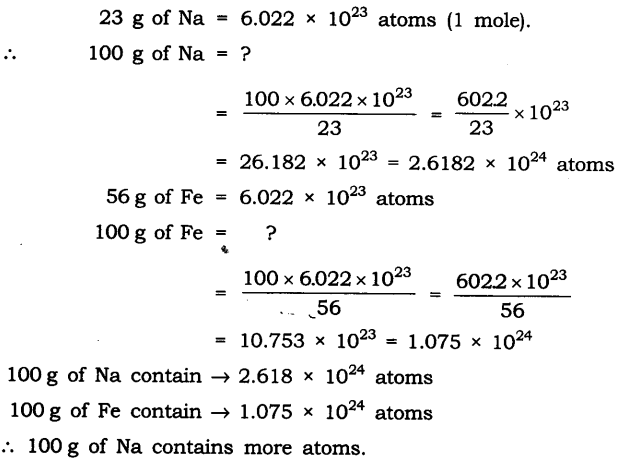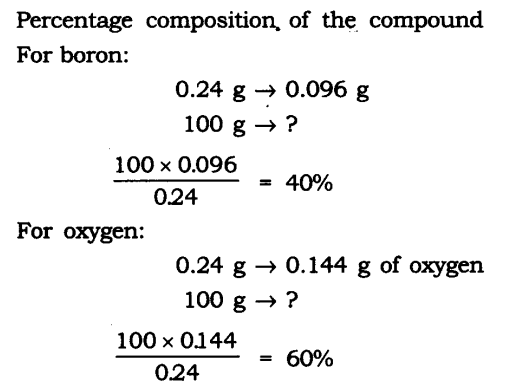EVENTS CONVENT HIGH SCHOOL
18/11/2021 CLASS- 10 SESSION 2021-22
SUBJECT : SOCIAL SCIENCE (ECONOMICS)
CHAPTER-3 MONEY & CREDIT
______________________________________
Page 52:
Question 1: In situations with high risks, credit might create further problems for the borrower. Explain?
Answer:
- High-risk situations occur in rural areas because there the main demand for credit is for crop production which involves considerable costs on seeds, fertilisers, pesticides, water, electricity, repair of equipment.
- There is a minimum stretch of three of four months between the time when farmers buy these inputs and when they sell the crop.
- Farmers generally take crop loans at the beginning of the season and repay the loan after harvest.
- Repayment of the loan is crucially dependent on the income from farming.
- If a crop fails due to shortage of rain or for any other reason, a small farmer has to sell a part of the land to repay the loan.
- Failure of crops create further problems for the borrowers. Credit does not improve his earnings but leaves him worse off than before. Credit in high risks situations pushes the borrower into a debt trap, a situation from which recovery is very painful.
Question 2: How does money solve the problem of double coincidence of wants? Explain with example of your own.
Answer:
In a barter system where goods are directly exchanged without the use of money, double coincidence of wants is an essential feature. By serving as a medium of exchanges, money removes the need for double coincidence of wants and the difficulties associated with the barter system. For example, it is no longer necessary for the farmer to look for a book publisher who will buy his cereals at the same time sell him books. All he has to do is find a buyer for his cereals. If he has exchanged his cereals for money, he can purchase any goods or service which he needs. This is because money acts as a medium of exchange.
Question 3: How do banks mediate between those who have surplus money and those who need money?
Answer:
- People hold money as deposits with banks which pay an interest rate on them.
- People do not withdraw their cash daily.
- The banks, therefore, hold only 15 percent of their deposits as cash with themselves in order to pay the depositors who might come to withdraw money from the bank on any given day.
- Since, on any particular day, only some of its many depositors come to withdraw cash, the bank is able to manage with this cash.
- They use a major portion of the deposits to extend loans to those who need money.
- The banks make use of deposits to meet the loan requirements of the people.
- Thus, in this way, the banks mediate between those who have surplus money and those who need money. Banks charge a higher interest rate on loans than what they offer on deposits. The difference between the two is the main source of income of the banks.
Question 4: Look at a 10 rupee note. What is written on top? Can you explain this statement?
“Reserve Bank of India” and “Guaranteed by the Government” are written on top.
Answer:
In India, the Reserve Bank of India issues currency notes on behalf of the central government. The statement means that the currency is authorized or guaranteed by the Central Government. That is, Indian law legalizes the use of the rupee as a medium of payment that can not be refused in a setting transaction in India.
Question 5: Why do we need to expand formal sources of credit in India?
Answer:
We need to expand formal sources of credit in India due to the following reasons :
- The moneylenders or the agricultural traders charge a much higher interest on loans. They generally charge 5 percent per month whereas the banks charge about 10 to 15 percent per annum. The higher rate of interest does little to increase the income of the borrowers.
- The farmers who take loans from a trader are forced to sell their crops to him at a low price. As a result of it, the farmers suffer while the traders make a profit by selling grains at a higher prices.
- Higher interest means the borrower has to pay a major portion of his earnings to repay the interest and principal of the loan. This sometimes leads to debt trap for the borrowers.
- On the other hand, banks and cooperatives charge less interest and do not exploit the borrowers. Under these circumstances, there is need for expansion of formal sources of credit in India. It is also necessary that everyone receives these loans.
- This would also lead to higher incomes and many people could then borrow cheaply for a variety of needs. The formal credit should be distributed equally to benefit the poor from the cheaper loan.
- It may be added that cheap and affordable credit is crucial for the development of the country.
Question 6: What is the basic idea behind the SHGs for the poor? Explain in your own words.
Answer:
The basic behind the SHGs is to provide a financial resource for the poor through organizing the rural poor especially women, into small Self Help Groups. They also provide timely loans at a responsible interest rate without collateral. Thus, the main objectives of the SHGs are:
- To organize rural poor especially women into small Self Help Groups.
- To collect savings of their members.
- To provide loans without collateral.
- To provide timely loans for a variety of purposes.
- To provide loans at a responsible rate of interest and easy terms.
- Provide a platform to discuss and act on a variety of social issues such as education, health, nutrition, domestic violence, etc.
Question 7: What are the reasons why the banks might not be willing to lend to certain borrowers?
Answer:
The banks might not be willing to lend certain borrowers due to the following reasons:
- Banks require proper documents and collateral as security against loans. Some persons fail to meet these requirements.
- The borrowers who have not repaid previous loans, the banks might not be willing to lend them further.
- The banks might not be willing to lend those entrepreneurs who are going to invest in the business with high risks.
- One of the principal objectives of a bank is to earn more profits after meeting a number of expenses. For this purpose, it has to adopt a judicious loan and investment policies which ensure fair and stable return on the funds.
Question 8: In what ways does the Reserve Bank of India supervise the functioning of banks? Why is this necessary?
Answer:
The Reserve Bank of India monitors the amount of money that banks loan out, and also the amount of cash balance maintained by them. It also ensures that banks give out loans not just to profiteering businesses but also to small cultivators, small scale industries, and small borrowers. Periodically, banks are supposed to submit information to the RBI on the amounts lent, to whom, and at what rates of interest.
This monitoring is necessary to ensure that equality is preserved in the financial sector, and that small industry are also given an outlet to grow. This is also done to make sure that banks do not loan out more money than they are supposed to, as this can lead to situations like the Great Depression of the 1930s in the USA, which greatly affected the world economy as well.
Question 9: Analyse the role of credit for development.
Answer:
The role of credit for development is very significant as mentioned below:
- It helps in increasing economic activities of the borrowers.
- If credit is made available to the poor people on reasonable terms and conditions, they can improve their economic condition. This will help in the over all development.
- Credit may increase the activities in the secondary sector e., manufacturing sector. Thus, with credit people could grow crops, do business, set up small-scale industries. They could set up new industries or trade in goods. Therefore, credit is crucial for the country’s development.
Question 10: Manav needs a loan to set up a small business. On what basis will Manav decide whether to borrow from the bank or the moneylender? Discuss.
Answer: Manav will decide whether to borrow from the bank or the moneylender on the basis of the following terms of credit:
- rate of interest
- requirements availability of collateral and documentation required by the banker.
- mode of repayment.
Depending on these factors and of course, easier terms of repayment, Manav has to decide whether he has to borrow from the bank or the moneylender.
Question 11: In India, about 80 percent of farmers are small farmers, who need cultivation.
(a) Why might banks be unwilling to lend to small farmers?
(b) What are the other sources from which the small farmers can borrow?
(c) Explain with an example of how the terms of credit can be unfavorable for the small farmer.
(d) Suggest some ways by which small farmers can get cheap credit.
Answer:
(a) The banks might be unwilling to lend to small farmers because the farmers usually take crop loan at the beginning of the season and repay the loan after harvest. Repayment of loan is dependent on the income from farming. And in case of crop failure, repayment becomes impossible. In such cases, the recovery of loan from the small farmers becomes very difficult. The small farmers have to sell part of the land to repay the loan that is why banks do not want to give loans to small farmers.
(b) Small farmers usually borrow from moneylenders or agricultural traders.
(c) In case of failure of crops, it becomes impossible for small farmers to repay the loan by selling their crops. Thus in order to repay, the small farmers sell a part of the land. This leads to worsening of their condition. Sometimes, small farmers give collateral or security against loans. The collateral generally consists of land, building, vehicles, livestock. In case of nonpayment of loan, the lender may sell the collateral to recover loan. Under above conditions, the terms of credit become unfavourable for the small farmers.
(d) Besides banks, the other major source of cheap credit in rural areas are the cooperative societies or cooperatives. Members of a cooperative society, pool their resources for cooperation in certain areas. The cooperative accepts deposits from its members. With these deposits as collateral, the cooperative obtains loan from the bank. These funds are used to provide loans to members.
Question 12: Fill in the blanks:
- Majority of the credit needs of the __________households are met from informal sources.
- __________costs of borrowing increase the debt-burden.
- __________issues currency notes on behalf of the Central Government.
- Banks charge a higher interest rate on loans than what they offer on __________.
- _________is an asset that the borrower owns and uses as a guarantee until the loan is repaid to the lender.
Answer:
- Majority of the credit needs of the poor households are met from informal sources.
- High costs of borrowing increase the debt-burden.
- Reserve Bank of India issues currency notes on behalf of the Central Government.
- Banks charge a higher interest rate on loans than what they offer on deposits.
- Collateral is an asset that the borrower owns and uses as a guarantee until the loan is repaid to the lender.
Question 13: Choose the most appropriate answer.
(i) In an SHG most of the decisions regarding savings and loan activities are taken by
(a) Bank.
(b) Members.
(c) Non-government organization.
(ii) Formal sources of credit do not include
(a) Banks.
(b) Cooperatives.
(c) Employers.
Answer:
(i) (b)
(ii) (c)


